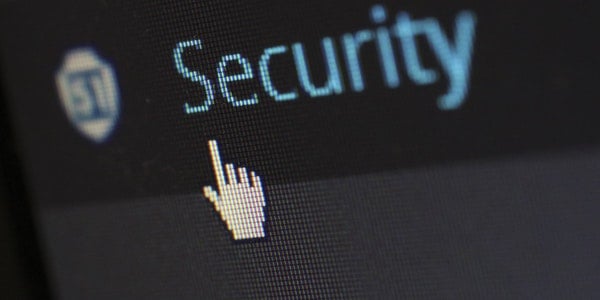According to the latest research from cyber-experts, the number of malware attacks reported across the UK has nearly doubled in the past year. What’s worse, these attacks have become more advanced. Indeed, cyber-experts confirmed the recent rise in attacks can be largely attributed to a new, more sophisticated form of malware that has the ability to bypass traditional antivirus systems.
Malware attacks of any kind—advanced or not—can wreak serious havoc on your organisation. These attacks can target victims through a wide range of methods (eg email, web browsing and removable media) and cause large-scale damage to your workplace technology and systems—leading to business interruption concerns, the unauthorised distribution of sensitive company information and even loss of access to critical data.
Don’t let your organisation be the next victim of a devastating malware attack. Utilise the following guidance to keep your company protected from this soaring cyber-threat:
- Implement advanced protection—Be sure to install robust antivirus, malware and firewall protection on all workplace technology. Conduct routine updates on this software to maintain effectiveness.
- Block malicious websites—Malware attacks can often arise from browsing unsecured websites. Consider working with your IT department to block employee access to any malicious domains.
- Utilise encryption capabilities—Make sure all workplace technology possesses advanced data encryption capabilities. This practice will help keep sensitive information secure in the event that any of your organisation’s devices become compromised by a malware attack.
- Reduce removable media risks—Using removable media (eg USB drives) can carry a variety of malware risks, seeing as they often contain sensitive information and can be easy to infiltrate. With this mind, cyber-experts recommend prohibiting your employees from using removable media for work purposes. If you must use removable media, be sure to enforce these best practices.
- Provide staff training—Require routine cyber-security training for all employees to ensure they understand how to prevent a malware attack. Your training programme should cover topics such as how to detect suspicious device activity, common indicators of malicious links or emails, your organisation’s removable media protocol and how to respond to any malware incident.
- Create strong policies—Lastly, ensure that any workplace policies related to cyber-security address malware risks and enforce proper prevention and response practices.
As cyber-threats continue to evolve, so should your organisation’s cover. Contact us today to discuss cyber-insurance solutions.
Consider These Top Tips for Protecting Remote Employees From Cyber-attacks
Although implementing a teleworking programme can certainly provide a wide range of benefits for your business, allowing staff to work remotely also comes with unique risks and challenges. Specifically, having your employees work from home can increase their vulnerability to cyber-attacks—which could result in costly consequences for your organisation. With this in mind, it’s vital to ensure your teleworking programme is secure by utilising top-notch technology and providing employees with adequate cyber-security resources.
First, it’s important to assess your workplace technology to ensure it possesses proper cyber-security features to combat teleworking risks. At a glance, your organisation’s software should have these key characteristics:
- A virtual private network (VPN)—Having a VPN allows your employees to utilise a private, protected network connection. VPNs provide numerous cyber-security features, such as hiding users’ IP addresses, encrypting data transfers and masking users’ locations. If you don’t already have a VPN, you are missing a crucial step in implementing a secure teleworking programme. If you do already possess a VPN, make sure it is fully patched.
- Restricted access controls—Be sure that all remote work technology possesses the same account access restrictions as that of your on-site software. Only allow competent, qualified and trusted staff to have access to sensitive company data.
- Antivirus and malware protection—Lastly, require all remote work technology to be bolstered with the latest antivirus, malware and firewall protection software.
After you have prepared your technology, it’s time to provide employees with robust resources and training to ensure a cyber-secure teleworking programme. Consider providing staff training on the following topics:
- Taking care of technology—Encourage employees to log out of their devices when they are finished working for the day and store all workplace technology in a secure, protected location.
- Utilising personal devices—If you allow staff to use personal devices for work purposes, be sure to enforce a Bring Your Own Device policy.
- Conducting regular updates—Make sure employees know how to conduct regular software updates on all workplace technology. If you allow staff to use personal devices for work purposes, ensure they know how to conduct software updates on this technology as well.
- Detecting signs of phishing—Educate your employees on how to detect phishing scams. For more tips on preventing phishing attacks, click here.
- Reporting cyber-concerns—Ensure that remote employees know how to report any cyber-concerns that they might experience. Staff should report these problems to their supervisors and the IT department, if needed. If an employee needs to report a serious concern, such as a cyber-attack, they should also know how to contact Action Fraud.

